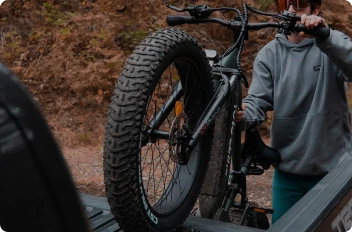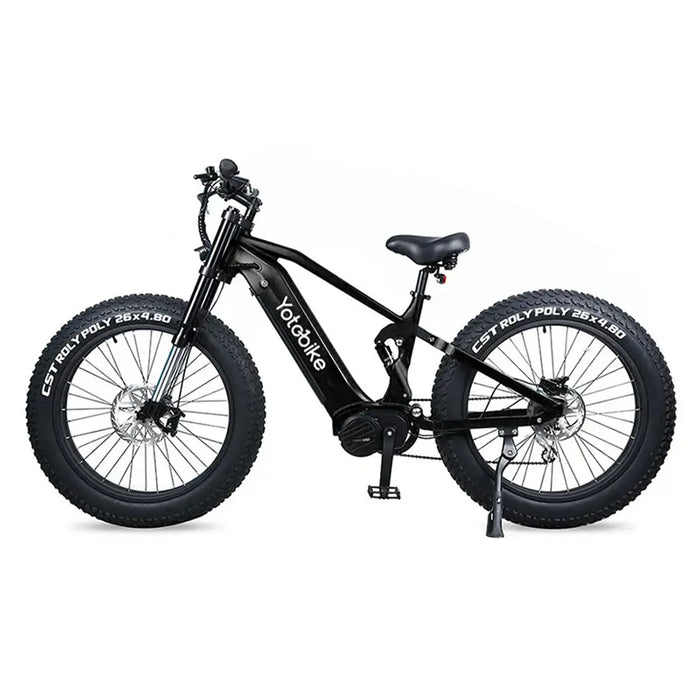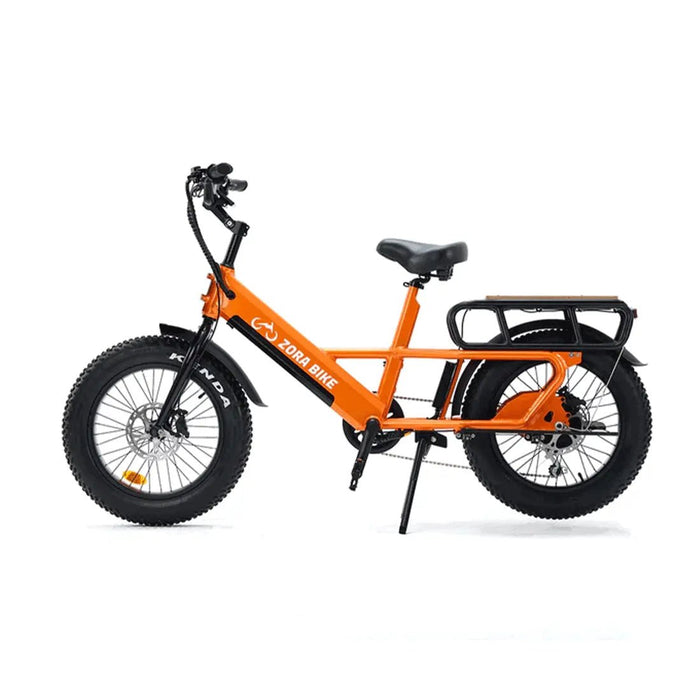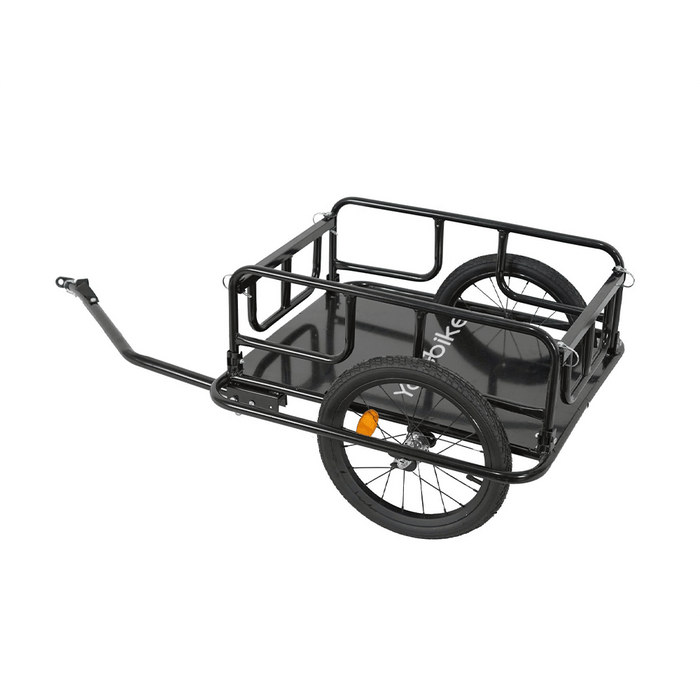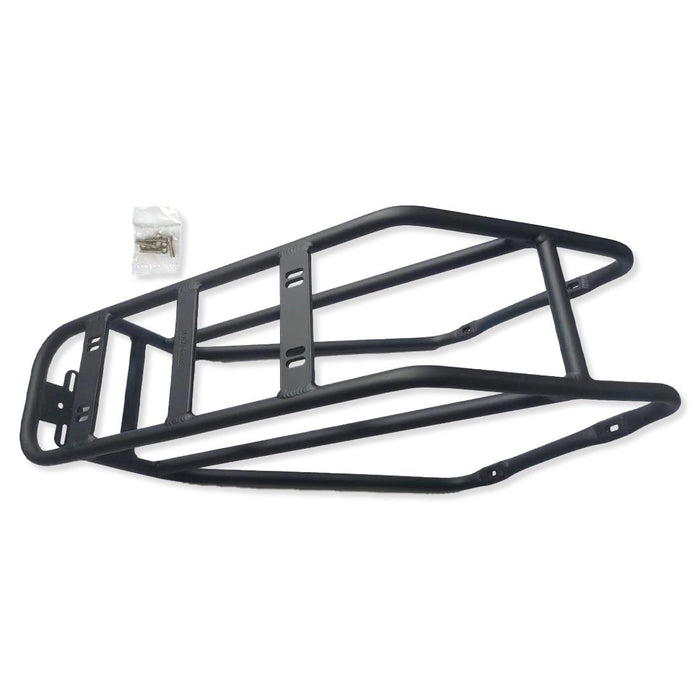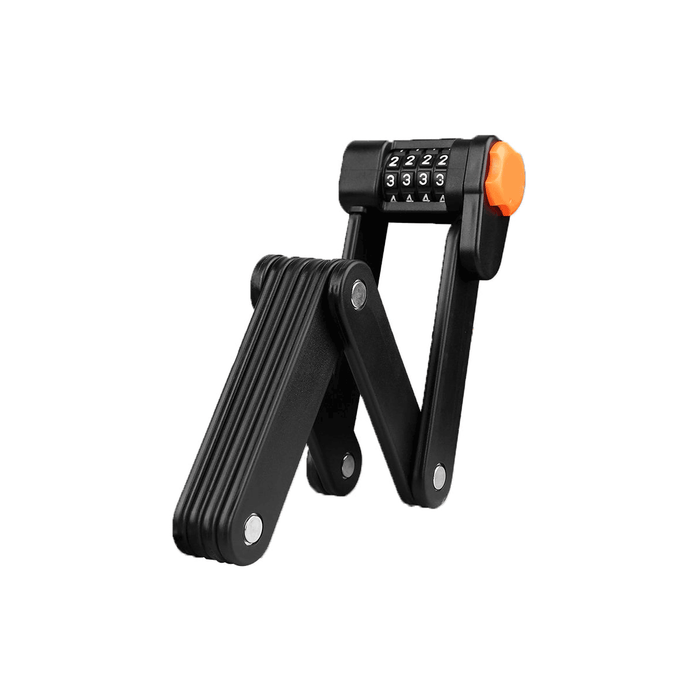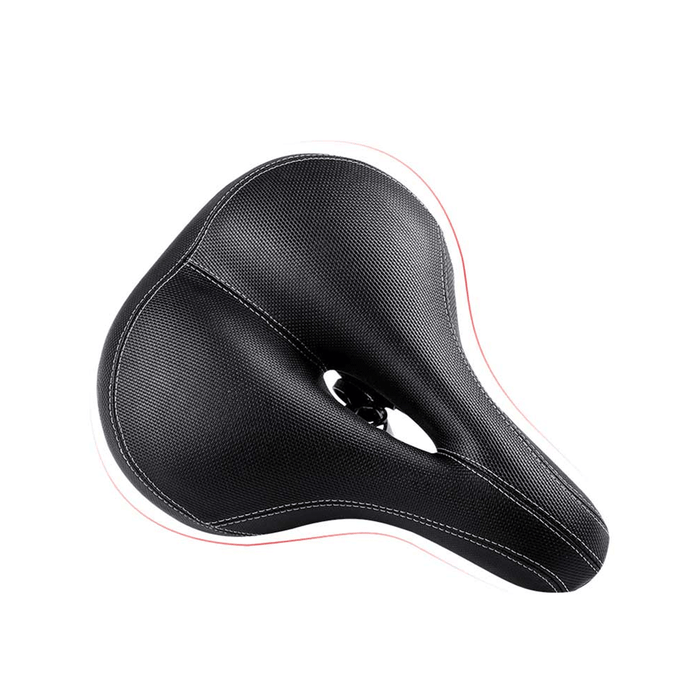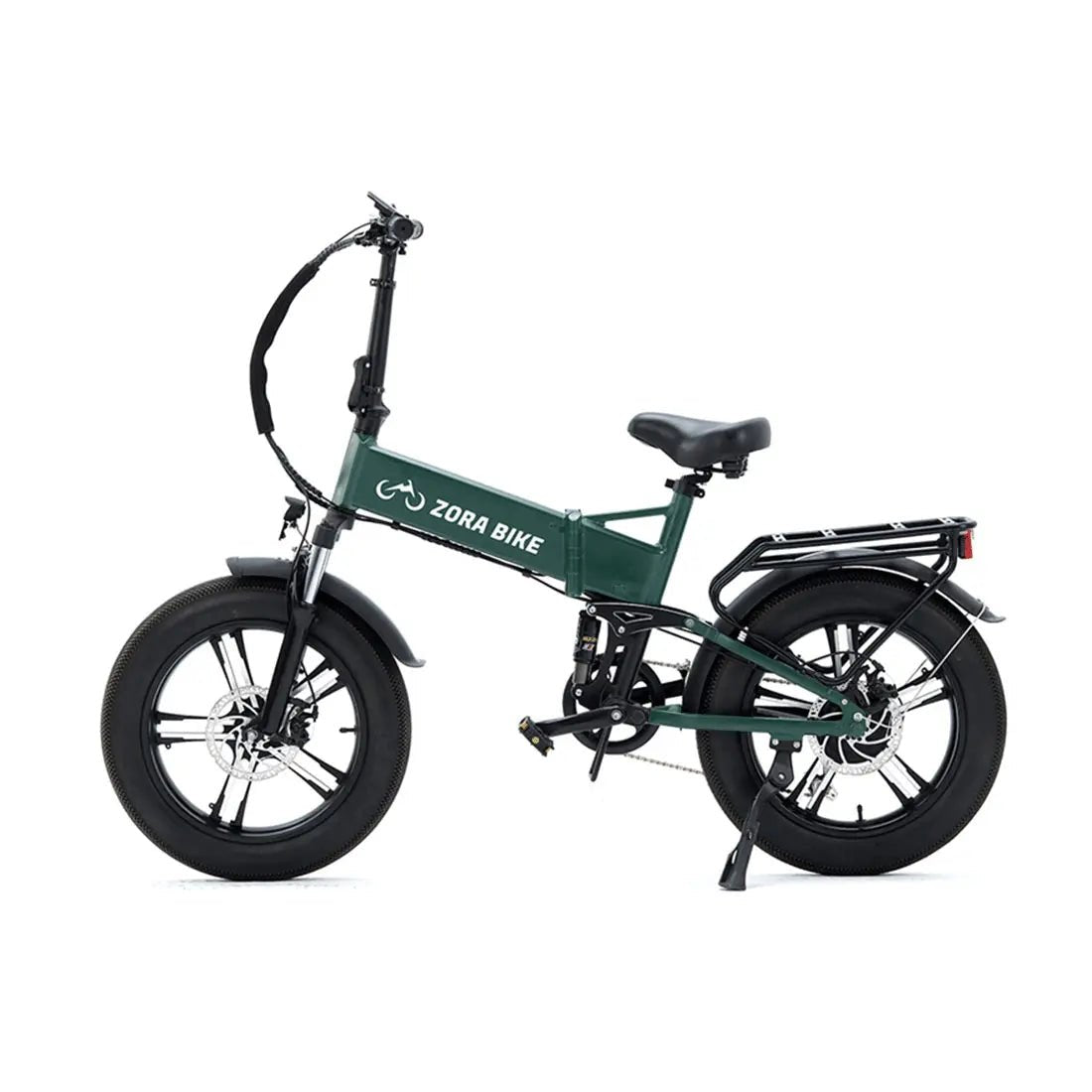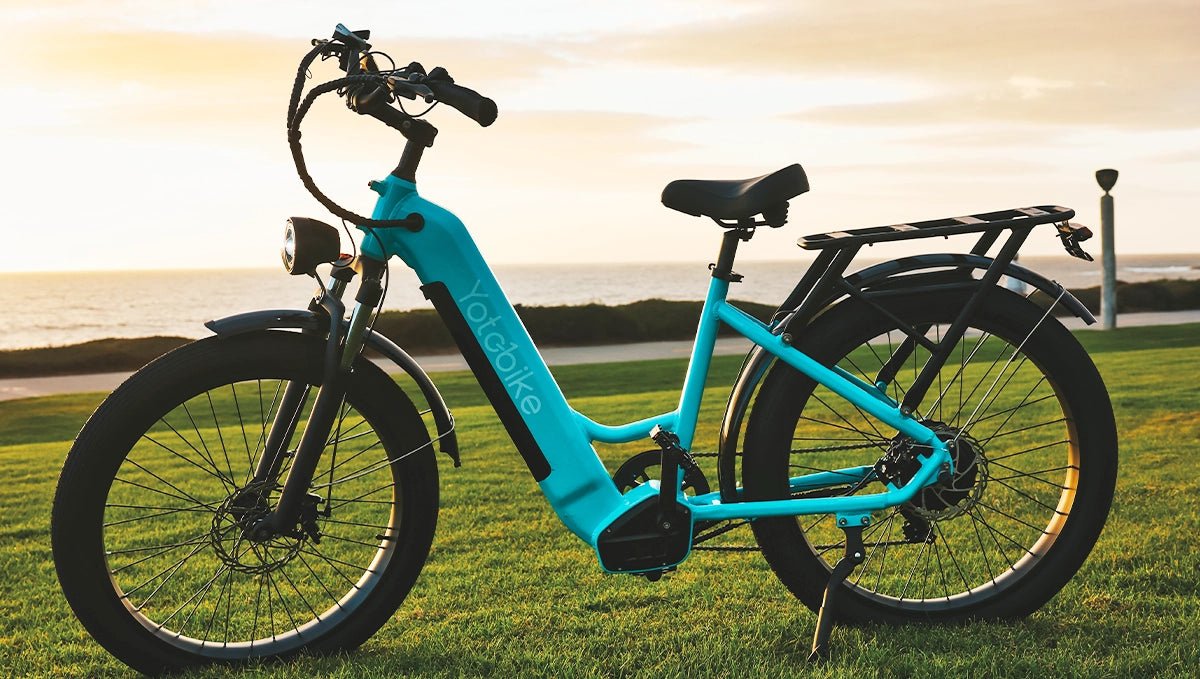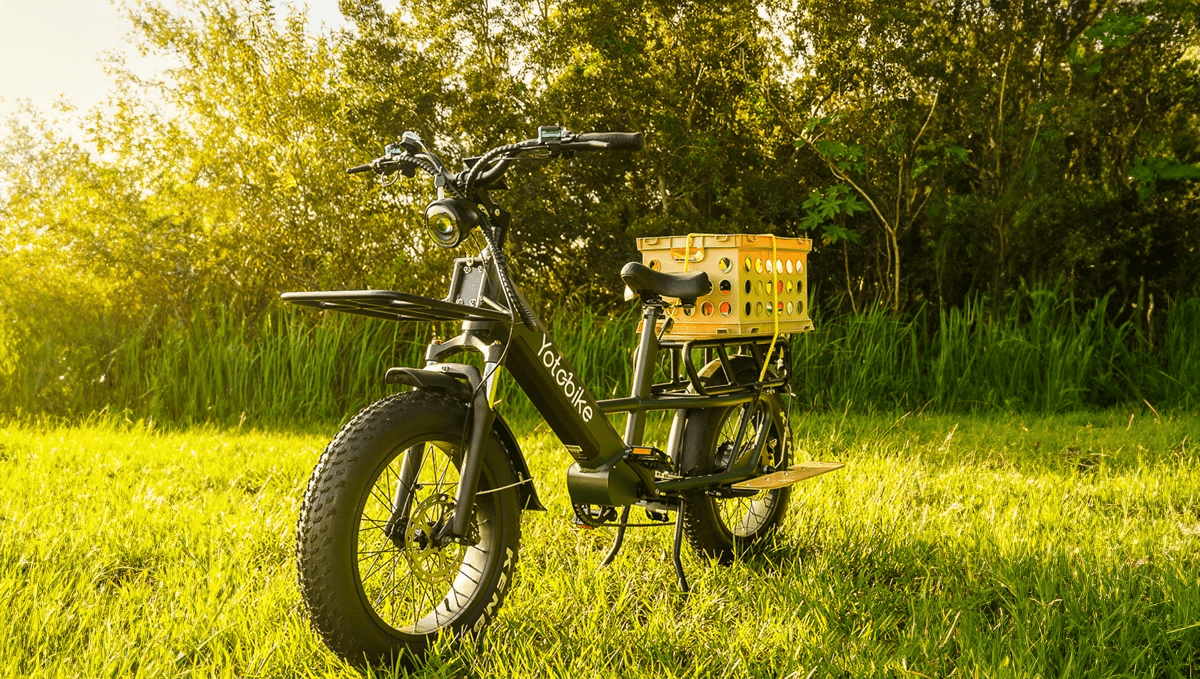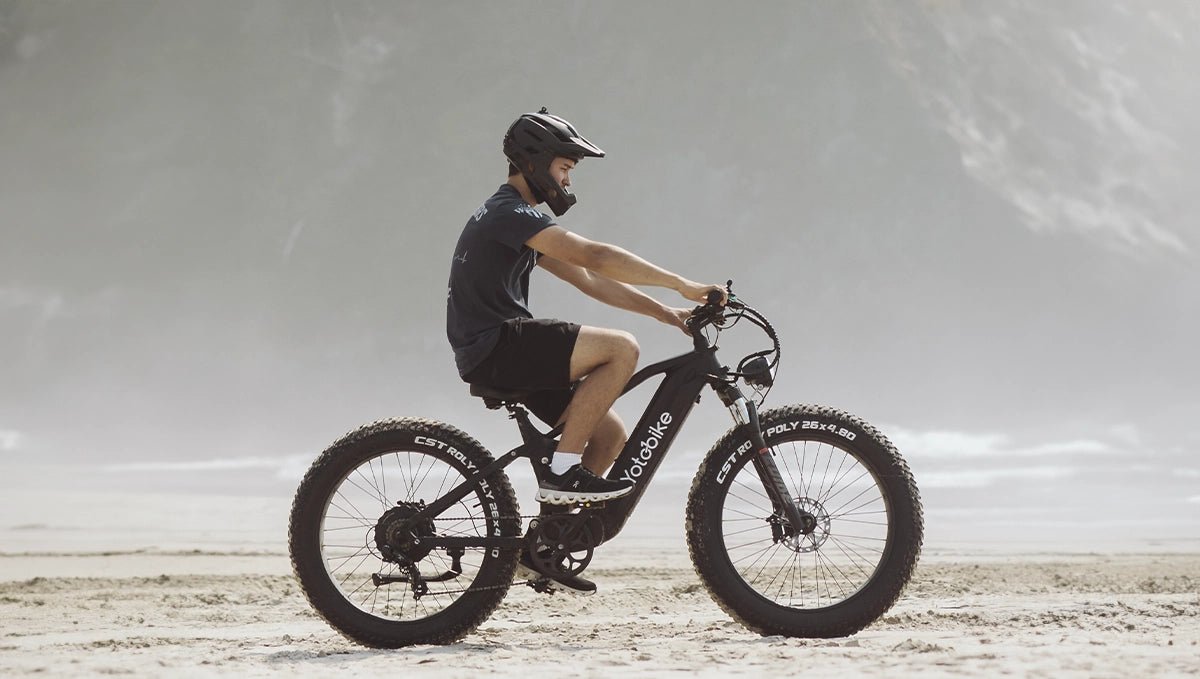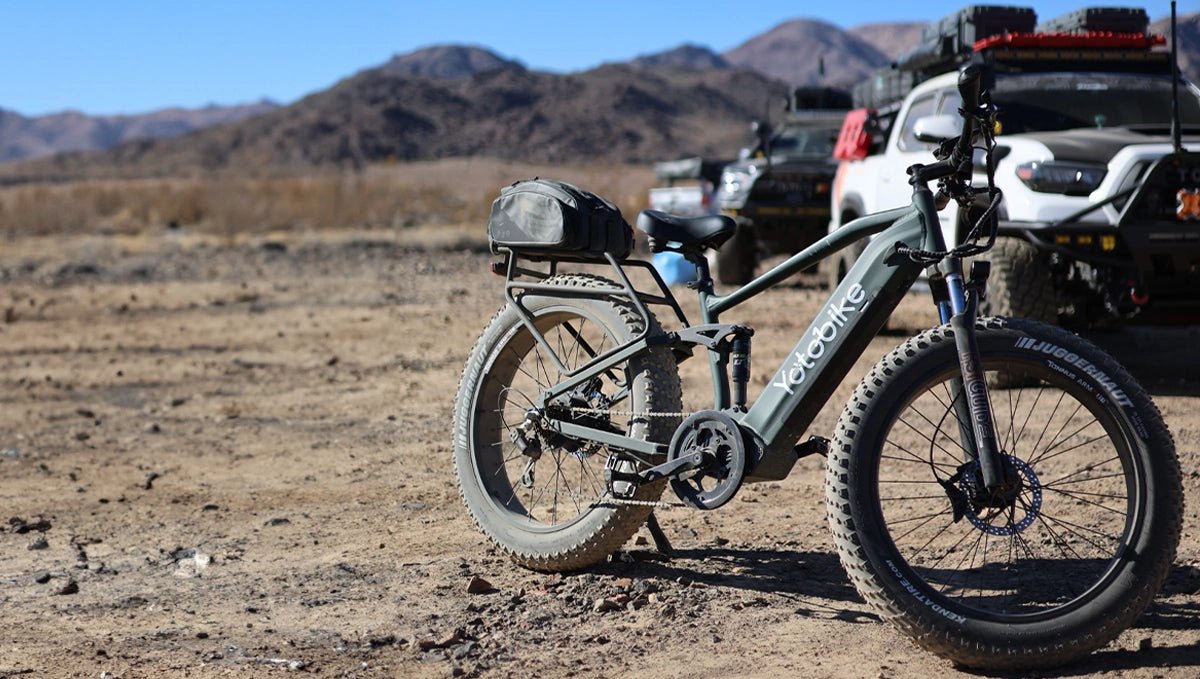
So you have just bought your very first e-bike or probably thinking of buying one. Before you head out to your target place, you must know first the legal aspect of riding an e-bike. Answering the question, “Are ebikes street legal?” requires some information. In this blog, we did the research for you. You’ll know the types of e-bikes available and what makes them street-legal. After reading this post, you will be equipped with useful knowledge that can enhance your e-bike journey daily.

Electric bikes or e-bikes come in various classifications. They also have different features and legal considerations. Understanding these categories is essential for determining where and how to ride your bike legally.
Class 1 eBikes
Class 1 eBikes are equipped with a pedal-assist motor. It provides assistance only while the rider is pedaling. Bikes from this class do not have a throttle. They support speeds up to 20 mph (32 km/h).
Because these eBikes rely on pedaling to activate the motor, they are generally regarded as the most bicycle-like. They also face fewer restrictions.
Class 2 eBikes
The second class of eBikes features a throttle-controlled motor. This feature allows the bike to be powered even without using the pedal. Class 2 e-bikes can reach a max speed of 20 mph (32 km/h).
The throttle of this eBike provides an additional power source. Thus, this kind of bike is more versatile than the first one. However, it could potentially lead to stricter regulations in certain areas.
Class 3 eBikes
The final class of eBikes is like those in Class 1. They are pedal-assists, too. However, they can reach a maximum speed of 28 mph (45 km/h). Class 3 e-bikes are often subject to additional regulations while on the road. These include helmet requirements and restrictions on where you can ride them.
Are Ebikes Street Legal?
Different countries have different electric bicycle laws, and even various states in the United States have different electric bicycle laws. It depends on specific factors including local laws, the type of e-bike, and where you intend to ride.
For example, in New York, an electric bicycle is considered a legal street bicycle if its maximum pedal or throttle-assisted speed is 20 mph (32 km/h) and it is not allowed to ride on sidewalks.
The UK, EU, Australia, and New Zealand have a maximum electric assist speed of 25 km/h for electric bicycles.
If you have an electric bicycle that exceeds 25 km/h, it is no longer classified as a bicycle—it requires a driver's license, and the electric bicycle must be formally registered like a moped or light motorcycle.
Given these varying regulations, you need first understand the legal requirements in your specific area to ensure safe and lawful riding.
Yoto ebikes are designed with these legal considerations in mind, offering a range of models that cater to different legal specifications and riding preferences. Explore Yoto electric bikes to find the perfect match for your riding needs and local regulations.
Street Legal Requirements for Ebikes
Riding an e-bike means a lot of fun. The experience that these motor-powered bicycles is undoubtedly unique. However, you still need to know the legal requirements for e-bikes to ensure a safe and memorable ride.
United States
USA’s federal law defines an e-bike by the following conditions
- Equipped with a motor that has a max power output of 750 watts (1 horsepower)
- Can reach speeds of up to 20 mph (32 km/hr) when powered by a motor
The stated feature of an e-bike provides a general guideline. However, the specifics can differ widely across states and even counties.
Several states permit the use of e-bikes on public roads and paths. These may include California, New York, Florida, Alabama, Michigan, and Arkansas. Interestingly, within each state, the local regulations for e-bikes may still differ.
For example, some areas may follow the three-class system based on their features: pedal-assist and throttle-assist.
United Kingdom
In the UK, e-bikes are classified as Electrically Assisted Pedal Cycles (EAPCs). These bikes must have pedals, a motor (must not exceed 250 watts), and a max speed of 15.5 mph (25 km/h) when powered by the motor alone. E-bikes that do not meet these qualifications are regarded as mopeds or motorcycles.
EAPCs are treated like traditional bikes in the UK law. What this means they do not require a license, registration, or insurance.
Riders of e-bikes must be at least 14 years old. They are advised to wear helmets, although it is legally mandatory.
Australia
In the Australian continent, an e-bike is a power-assisted bicycle. Its motor can produce a power of up to 250 watts. Lastly, its maximum speed is 25 km/h (15.5 mph).
In Australia, e-bikes are perceived as bicycles. However, riders must be 16 years or older. They must wear a helmet. E-bikes in Australia are not required to be registered, have no insurance, and can be ridden without a license.
European Union
E-bike laws in the European Union are quite specific. This e-bike must have a motor with a max power output of 250 watts. The motor should only assist the rider while pedaling. The motor assistance should cut off at 25 km/h (15.5 mph).
E-bikes are called “pedelecs.” They are considered to be regular bicycles in the EU. Thus, they do not require a license, registration, or insurance. Riders follow the same rules as traditional cyclists.
Bicycles that exceed the stated limits are classified as speed pedelecs (s-pedelecs). They may be subject to stricter laws such as potential licensing requirements.
New Zealand
New Zealand law defines an electric bicycle as one with a motor power not exceeding 300 watts and a top speed of 32 km/h using motor power alone. The motor should assist only when the rider is pedaling and must cut off at the top speed.
In New Zealand, electric bicycles are also known as low-powered vehicles and are treated as regular bicycles. Riders do not need a license, registration, or insurance to ride them.
You must be at least 14 years old to ride an electric bicycle in New Zealand, and state law requires you to wear a helmet. Electric bicycles that do not meet the low-powered vehicle standards are classified as motor vehicles and must follow motorcycle regulations.
Canada
Canada’s take on e-bikes is as follows:
- Power-assisted vehicles
- Motor power is up to 500 watts
- Top speed of 32 km/h (20 mph)
Just like with previous territories mentioned, Canada regards e-bikes as standard bicycles. This means riders use e-bikes without needing a license, registration, or insurance. The minimum age for riding an e-bike is 16 years. Also, helmet use is mandatory.

Consequences of Violating Ebikes Laws
When you are out there enjoying your e-bike, always remember to adhere to local regulations. By so doing, your smiles will not turn into frowns in case you violate certain e-bike laws.
Violating e-bike laws may lead to fines, penalties, or even imprisonment. These depend on the severity of the offense and local laws.
Suppose, your e-bike exceeds the allowed power or speed limits, it may be identified as a motorcycle. The latter requires registration, insurance, license, and even taxes. If you fail to comply with the mentioned requirements you may be charged with operating an unregistered or uninsured vehicle.
To avoid these legal issues, search the local laws and follow e-bike regulations within your region.
Conclusion
Riding an e-bike leads to a different kind of adventure. However, riding your e-bike legally is a different story. So, “Are ebikes street legal?” The answer is “Yes!” But you have to ensure that your e-bike complies with specific rules is necessary. Such compliance will help you avoid some serious fines. You are also instrumental in keeping the road safe. Always stay informed about e-bike laws in your area to the benefits of eBikes responsibly and legally.
FAQs
Where can I ride an e-bike?
Places where you can ride your e-bike heavily depend on local laws and regulations. Generally speaking, e-bikes may be allowed to traverse public roads, bike lanes, and multi-purpose paths. The best course of action here is to familiarize yourself with e-bike regulations in your area to avoid any legal repercussions.
What are the requirements for e-bikes to be street-legal?
For e-bikes to be legal, they must follow a set of requirements. Some of them are listed below:
- Motor power
- Speed limits
- Pedal assist
- Age limits
Can electric bikes be used on sidewalks?
Most states allow e-bikes on sidewalks. However, they are required to travel under 20 mph. Strictly following street guidelines is another condition for e-bikes traversing the sidewalks. Some states may even require a helmet, regardless of where riders are using their e-bikes.

